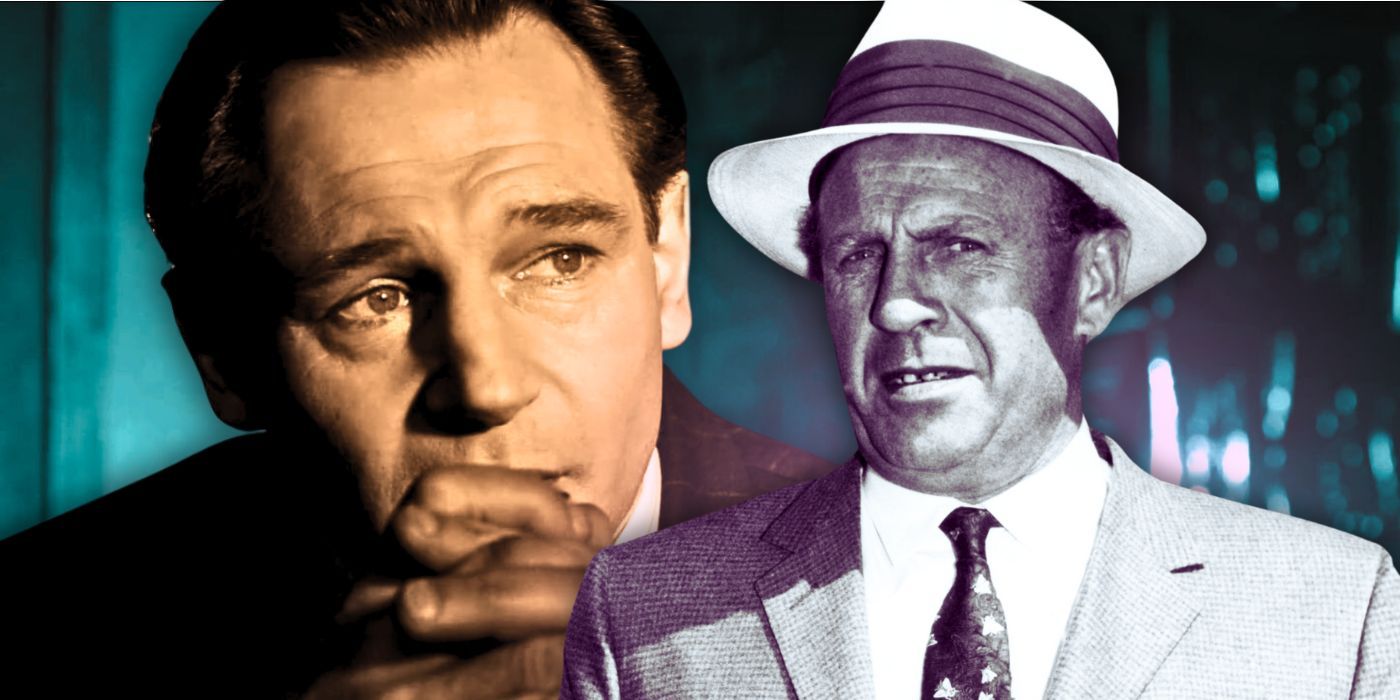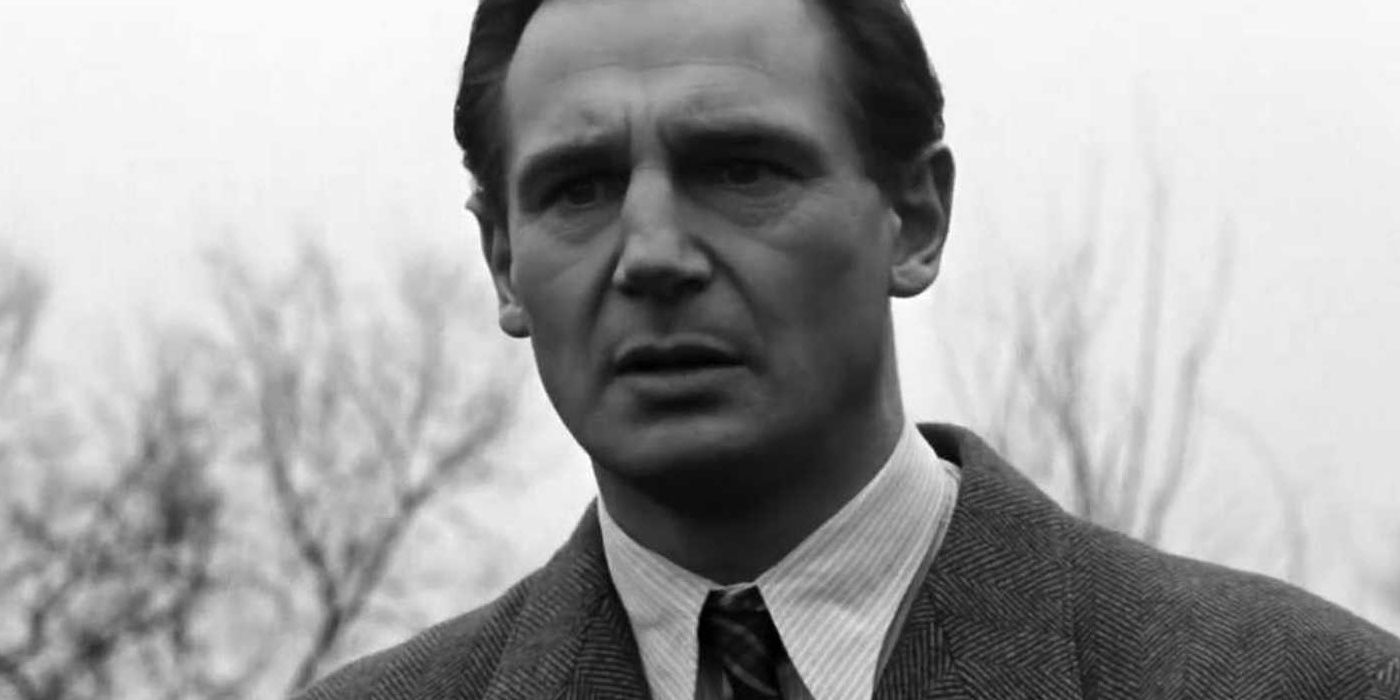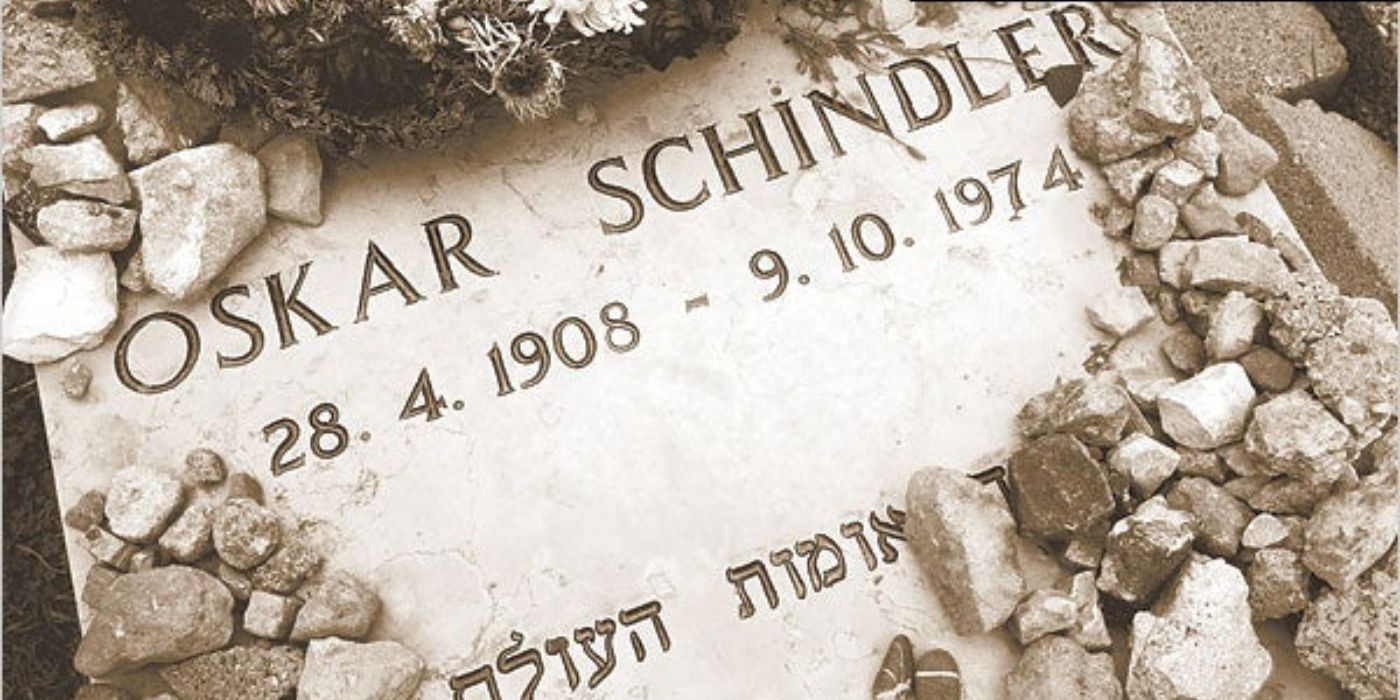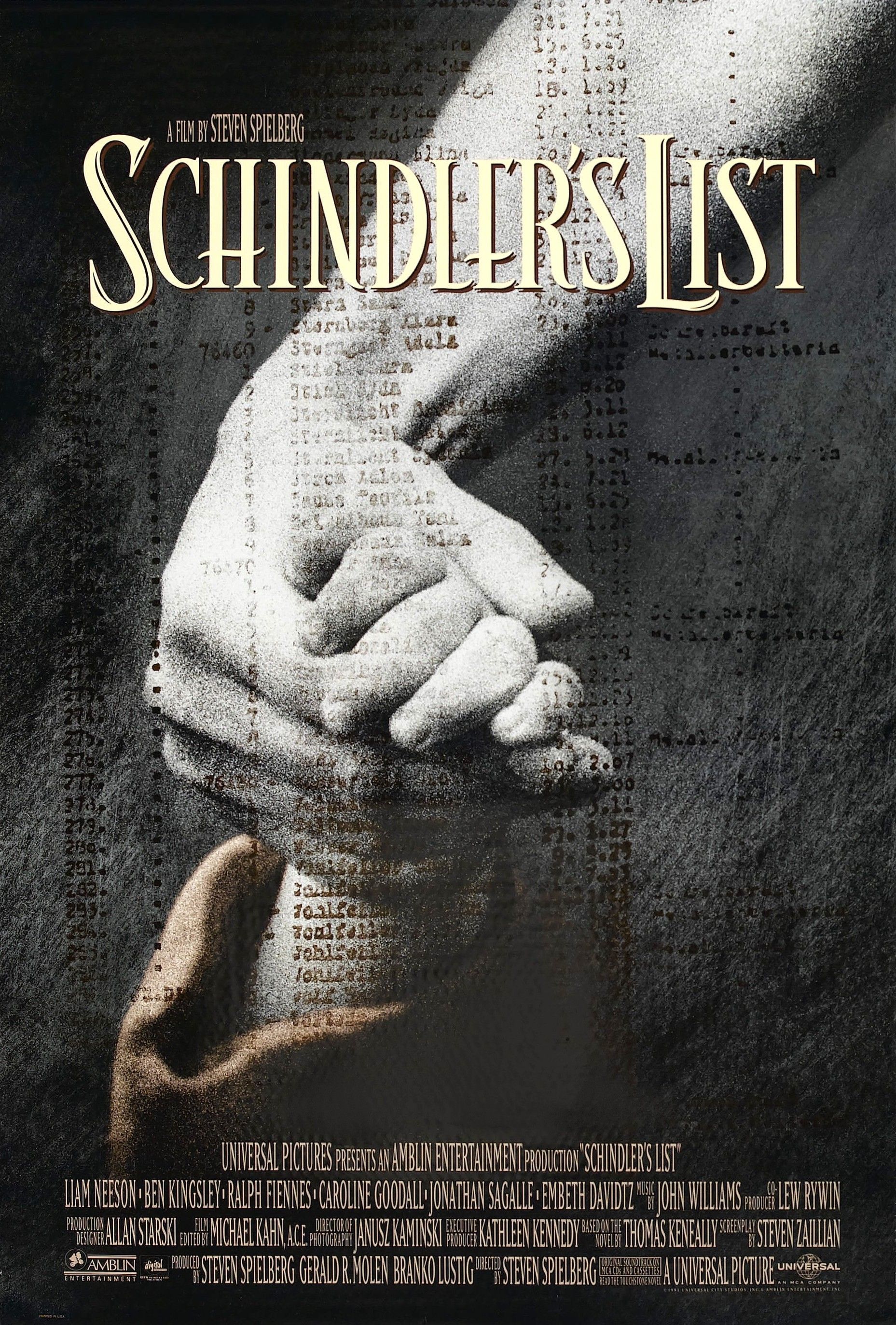Summary
- Schindler's List depicts the true story of Oskar Schindler, a German industrialist who saved 1,200 Jews from Nazi death camps.
- After the war, Schindler faced financial issues but was helped by those he saved from the death camps.
- Oskar Schindler died in 1974, aged 66, and was buried in Jerusalem, as per his request.
The story of Oskar Schindler is memorialized in the 1993 award-winning historical movie Schindler's List. Regarded as one of the greatest movies ever made, it depicts the true story of how a German industrialist risked his life during World War II and rescued 1,200 Jews from the Nazi death camps. With its use of black-and-white cinematography, horrifically realistic portrayals of the war and Holocaust, and critically acclaimed performances, Schindler's List is recognized as one of the best movies that offers insight into the terrors of the Holocaust.
The movie is adapted from the 1982 book Schindler's Ark by Thomas Keneally, with Steven Spielberg serving as director and John Williams composing the movie score. Often regarded as one of Spielberg's best movies, Schindler's List won 7 Academy Awards in 1993, including Best Picture. Liam Neeson's portrayal of Oskar Schindler is regarded as one of the best of his career; this is what happened to the businessman after the war.
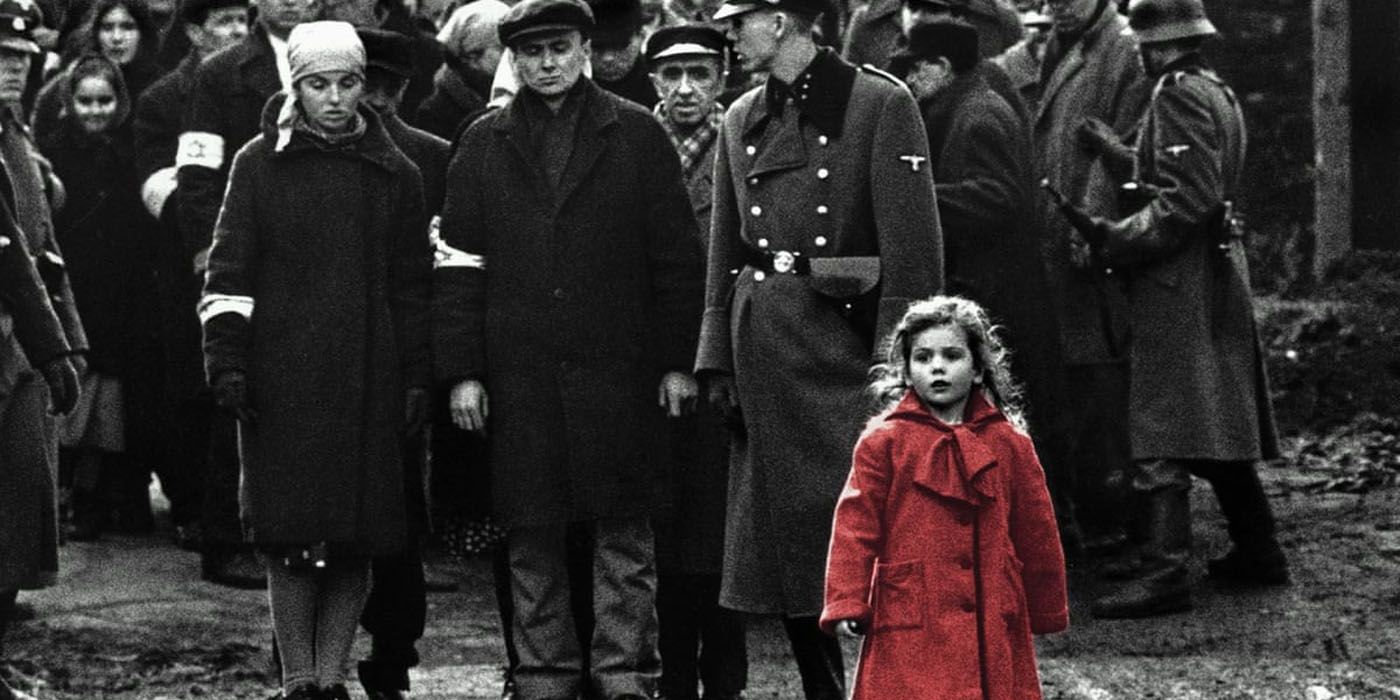
Schindler's List: What Happened To Every Figure After The War
Schindler's List is regarded as one of the greatest Holocaust films ever created. This is what happened to those depicted in the movie after the war.
Oskar Schindler Eventually Settled In Argentina After World War II
He Had Several Business Ventures That Ended In Bankruptcy
By the end of the war, Schindler had spent all of his money on black market bribes and aid for his Jewish workers. He and his wife Emilie initially moved to Bavaria, West Germany in 1945 and received financial support from Jewish relief organizations (via Biography). However, Schindler continued to receive threats from Nazi officers in the years following the end of World War II; after moving to Regensburg and Munich, he decided to leave Europe altogether for the safety of his family.
Schindler initially tried to gain access to the United States, but due to his previous association with the Nazis, he was denied entry into the country. He and his wife eventually settled in Buenos Aires, Argentina in 1949 (via History). While there, Schindler ran a small farm, and had several business ventures; however, none of these ventures took off and, after the farm went bankrupt, Schindler left his wife in Argentina, and returned to Germany in 1958.
Schindler Remained In Contact With Some Of The People He Saved
He Received Financial Support From Those He Saved
Despite moving to Argentina after the war, Schindler remained in contact with many of the workers he had saved; he remained friends with accountant Itzhak Stern, musician Leo Rosner, and officer Poldek Pfefferberg, all of whom were depicted throughout Schindler's List.
During the early stages of World War II, Oskar Schindler arrived in Poland, hoping to use the cheap labor forces of Poland's Jewish population to establish a factory producing ammunition shells. As the war progressed, Schindler became deeply affected by the suffering inflicted on the Jewish population by the Nazis; this was notably depicted in the movie where Schindler witnesses a young girl in a red coat amid the chaos of the ghetto liquidation. Schindler gradually turned his attention from making money to helping as many Jews as he possibly could escape from the horrors of the Nazi death camps.
Despite moving to Argentina after the war, Schindler remained in contact with many of the workers he had saved; he remained friends with accountant Itzhak Stern, musician Leo Rosner, and officer Poldek Pfefferberg, all of whom were depicted throughout Schindler's List. The 1,200 Jews rescued by Schindler during the Holocaust became known as the Schindlerjuden; according to the biography Oskar Schindler by Bruce E. Thompson, many members of Schindlerjuden provided financial assistance to Schindler after he declared bankruptcy in 1963.
Oskar Schindler, alongside his wife Emilie, was named Righteous Among Our Nations by the Israeli government in 1993.
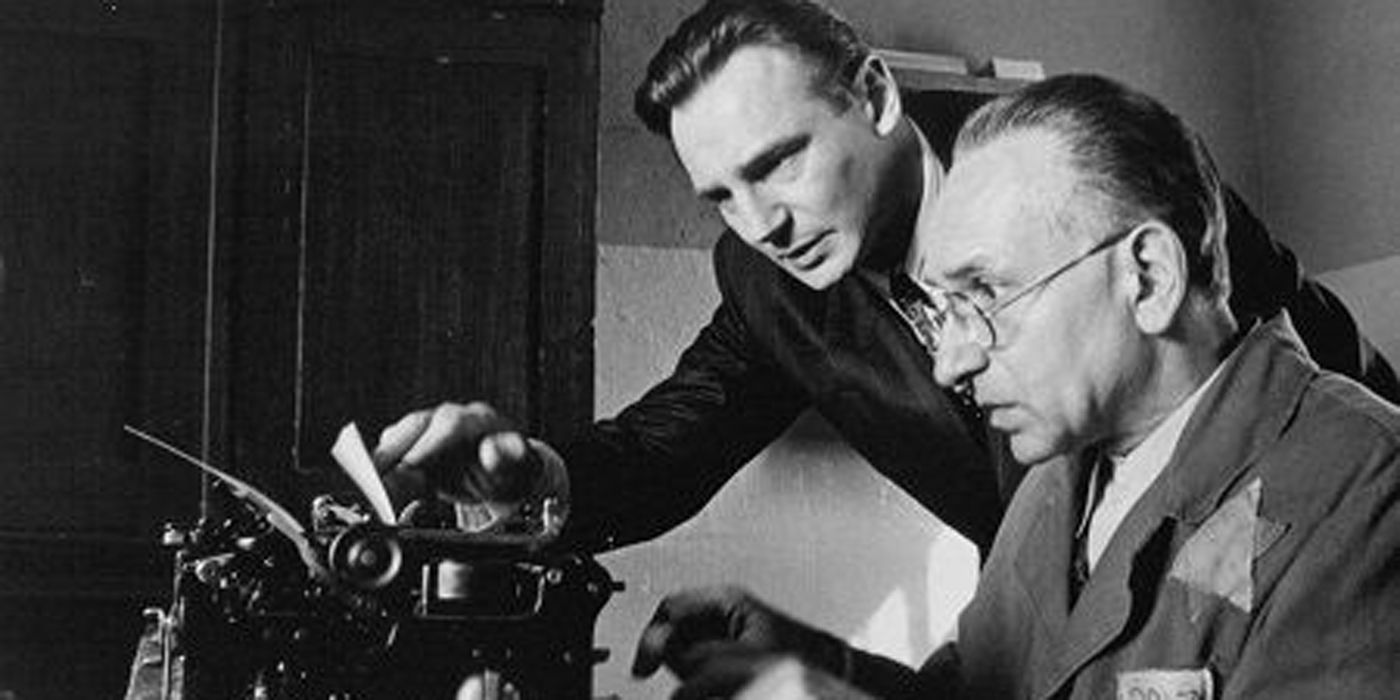
Where Was Schindler's List Filmed? The Historical Drama's Filming Locations Explained
Schindler's List is regarded as one of the greatest Holocaust movies ever made. The historical movie was filmed in a few recognizable locations.
Oskar Schindler Died In 1974 & Was Buried In Jerusalem
His Grave Is Seen In The Final Scenes Of Schindler's List
Schindler's burial place is featured at the end of Schindler's List, where surviving members of the Schindlerjuden, along with the cast and crew of the movie, pay their respects.
In his later years, Schindler struggled with poor health, suffering a heart attack in 1963 which led to him staying in hospital for more than a month. He spent the rest of his life living in a small apartment in Germany, alone and separated from his family. Oskar Schindler died of liver failure on October 9, 1974, at the age of 66. He was buried at the Mount Zion Roman Catholic Franciscan Cemetery in Jerusalem.
Before he died, Schindler requested that his body be buried in Jerusalem; his request was granted, and according to Thomas Keneally, Schindler is the only member of the Nazi party to be buried in Mount Zion (via Time). Schindler's burial place is notably featured at the end of Schindler's List, where many surviving members of the Schindlerjuden, along with the cast and crew of the movie, pay their respects by placing stones on his grave, a fitting tribute to a man who risked his life to save many others from death.



